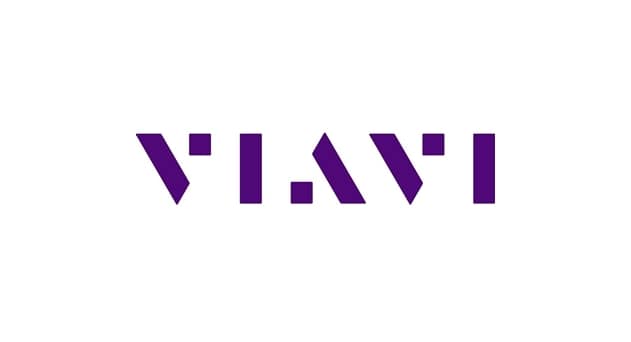VIAVI Solutions today announced a collaboration with China Mobile Communications Corporation (CMCC) to introduce 5G service in China by the end of 2019.
VIAVI will provide test and measurement hardware and software for China Mobile and several equipment manufacturers to support development of Slicing Packet Network (SPN) with FlexE interface, the technology the carrier is positioning for 5G transport.
Flexible Ethernet or FlexE is used in conjunction with SPN to create smaller Ethernet channels from a larger one, or vice versa, to guarantee quality of service (QoS) and isolation between slices at the transport layer. CMCC has requested that the ITU undertake standardization of SPN.
VIAVI is committing to support CMCC by delivering an SPN test platform, establishing a common foundation for network equipment manufacturers, chip developers and transceiver vendors to validate products based on this technology.
In an exclusive email interview with The Fast Mode, Andreas Schubert, Senior Product Line Manager, Lab & Production at VIAVI Solutions shares how FlexE technology can potentially help mobile operators in delivering 5G services;
How will the FlexE technology help Operators to cater for on-demand 5G capacity expansion?
As demand for bandwidth out to cell sites grows, that bandwidth will be aggregated in the metro and core networks which likewise need to scale. FlexE will allow a carrier to more efficiently use existing network infrastructure, specifically to eliminate the constraints that arise from rate mismatches between the large capacity long-haul transport network and the metro or cell back haul rates, which tend to me much lower. In addition, they can do that now, without having to wait for new rate and PMD definitions (like 800G).
It also allows the carrier to create new, flexible, and deterministic services in software defined networks (SDN) and virtualized network functions (VNF)
What could be the challenges for Operators in using the FlexE technology to deliver end-to-end (E2E) service isolation and network slicing?
The carrier will not only need FlexE technology, but a host of complementary technologies that work in concert, to deliver the end-to-end benefits. For example, the carrier will also need to separate traffic by channelization, hard isolation and soft isolation. What’s more they need to manage multiple PHYs which requires a computation extensive MUX/DEMUX processing, which could have a negative impact on latency.
Also, check out VIAVI's new FlexE poster with a visual guide of the technology and standards.
Oleg Khaykin, President and CEO, Viavi Solutions
In order to realize China Mobile’s vision of introducing 5G service by the end of 2019, principal technologies including SPN for transport must be standardized by the ITU-T. We have advanced our test technology to meet this objective, and our solutions are ready to support the China Mobile ecosystem of partners to deliver interoperable network infrastructure.


















